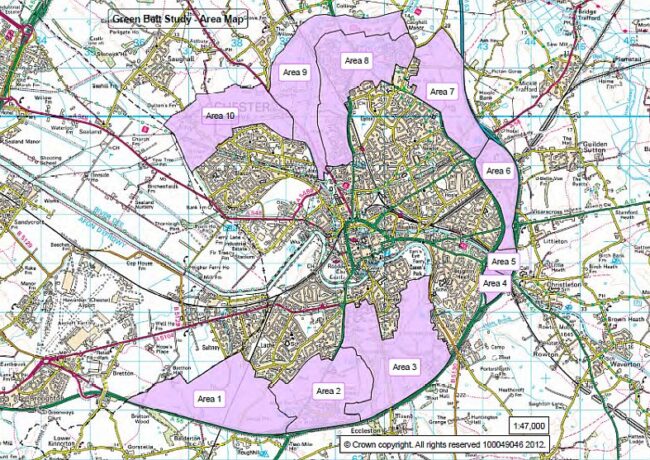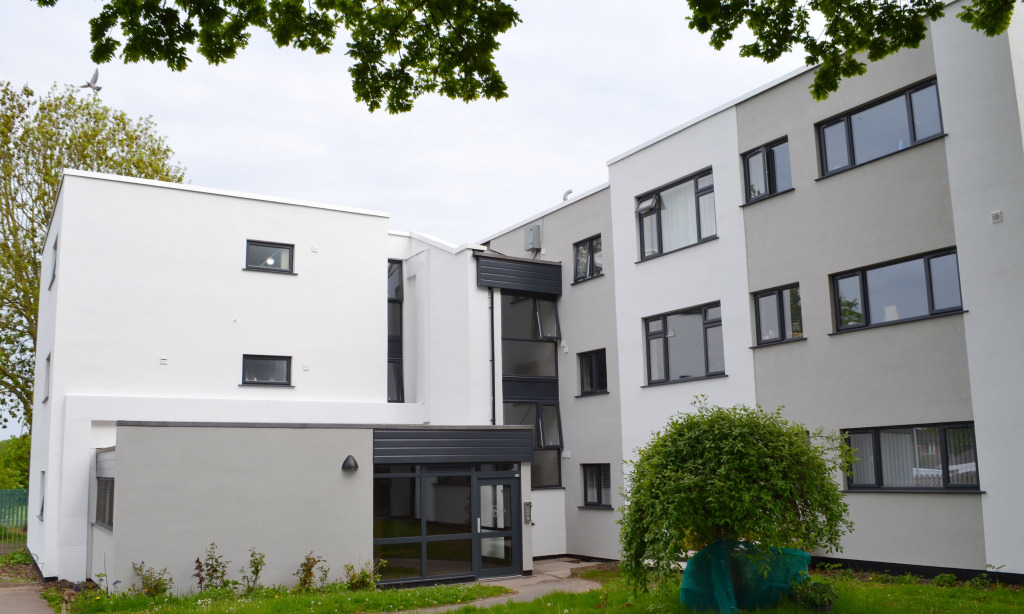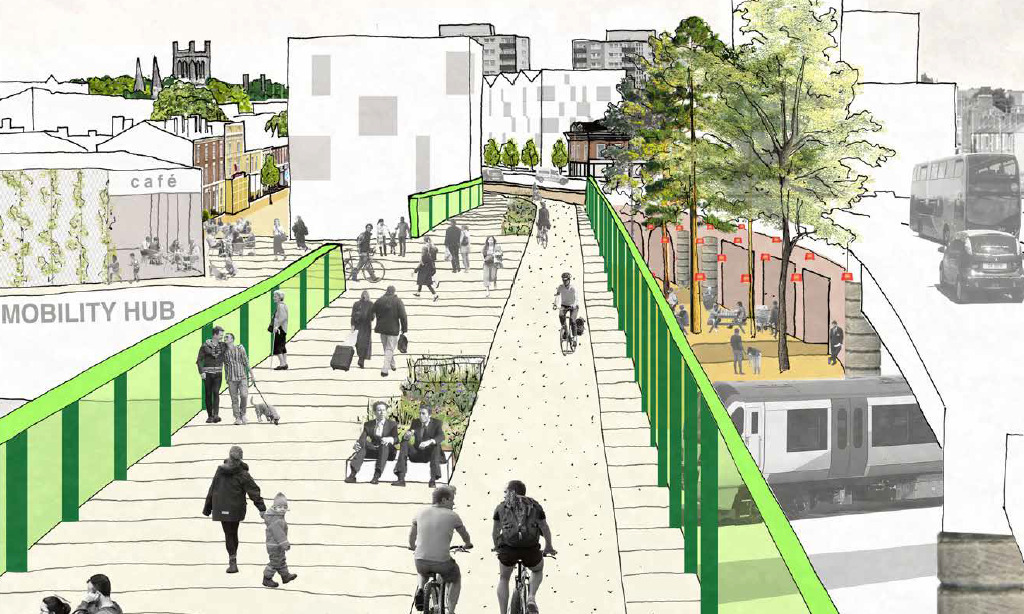NPPF forces Chester green belt rethink
Cheshire West & Chester Council is consulting on plans to release several areas of green belt land around Chester for housing development as it seeks to make up for a shortfall in supply.
Councils are required to identify sites for five years' housing supply under the government's new National Planning Policy Framework.
Dan Mitchell, partner of Manchester-based town planning consultancy Barton Willmore, said: "Both Cheshire East and Cheshire West & Chester Councils are coming under increasing pressure as house builders and developers seek to bring forward their proposals, at a time when neither council has a local plan in place which is compliant with the National Planning Policy Framework.
"Councils are now required to objectively assess their future housing requirements and plan for growth over the next 15 years. This should include a full, objective assessment of need for both market and affordable housing. In the case of these two Cheshire councils, their emerging strategies for growth could be around 40% below what their evidence base is suggesting is required to meet future housing needs. Implications of this could be an underestimation of the amount of land needed, including the extent of a Green Belt review. Cheshire West and Chester Council is currently envisaging up to 2,000 new homes to be provided in the Green Belt around Chester, the Council may well need to extend this review further if its evidence base is found to be deficient."
CWAC said 5,250 homes are needed in Chester by 2030 and proposes 2,000 in the green belt.
Ten areas around the city centre have been suggested:
- Saltney and Lache, A55
- Wrexham Road, Westminster Park, Duke's Drive, A55
- Handbridge bordered by Duke's Drive, The Meadows and River Dee
- South of Whitchurch Road in Boughton Heath
- Boughton Heath and Christleton alongside Whitchurch Road
- Piper's Ash
- North of Long Lane, Upton Heath
- Liverpool Road and Moston Road in Upton
- North of Blacon along the Shropshire Union Canal
- Blacon and Saughall bordered by Parkgate Road
Paul Williams, director of Mosaic Town Planning, added: "Evidence shows that the Green Belt is of very little amenity or environmental value to anybody except for those living in close proximity. These straightjackets around our major urban areas mean that the most productive land for housing and commercial development cannot be developed, and in some cases that development leapfrogs over it.
"Chester is an important sub-regional centre and the Council rightly recognises it as a key economic driver. However, it already has over 16,000 more jobs than economically active residents and house prices which are six times average incomes. The Green Belt has contributed to a major shortage of affordable family homes and caused unsustainable patterns of commuting.
"The council is proposing to reduce the overall housing requirement compared with the annual figure in Regional Spatial Strategy. On this basis and taking its breakdown at face value, there's still a need for some 2,000 dwellings in the Green Belt around Chester. Controversially, even this assumes that over 400 more dwellings will be built on playing fields and other green spaces within the urban area.
"Whilst the actual numbers are still up for debate, the council is to be applauded for taking a more rounded view of sustainability than the narrow defence of the outdated Green Belt. I'm sure our house builder clients will welcome its pragmatic approach and hope that this remains intact after the public consultation."





Didn’t the Government say that scrapping the RSS would put an end to centralised targets? Allowing house builders pour concrete into the green belt instead of more challenging brownfield sites is political suicide. Roll on 2015.
By Bishop
The guy from Mosaic states the obvious – green belt is of most value to those who live nearest to it – but that is not a reason to scrap it!
By Bismarck
House builders will always choose to build on greenfield/green belt land over brownfield to avoid potential costly remediation of a site, that is just good business sense. However the Council should not be so short sighted: this is a sloppy and quick fix to a housing problem that sets a very worrying trend in order to fill some quotas of housing. Exhaust brownfield options before turning to a decision that can never be reversed. Green Belt development should be the last option, not the first.
By Ian
Barton Willmore already has a vested interest in the development of the Green Belt in Chester as planning consultants for Chester Zoo’s massive Islands theme park project on Green Belt land in the village of Upton Heath, Chester. Green Belt doesn’t just exist to retain the character of an area, it serves as vital wildlife habitation – anyone who visits it will verify this. We are losing our indigenous wildlife at a rate of knots so retaining their habitat is important. Besides Chester’s new housing developments have yet to be filled as it is.
By Mary Hodge
Why stop at the border – a political construct that everyone else ignores. Land adjacent to Sealand Road that would also provide a much needed bridge across the River Dee but in Flintshire. Could meet housing and commercial requirements for years to come but in Green Barrier – only put there by politicians to stop Chester expanding into Wales.
By Nigel Bruce